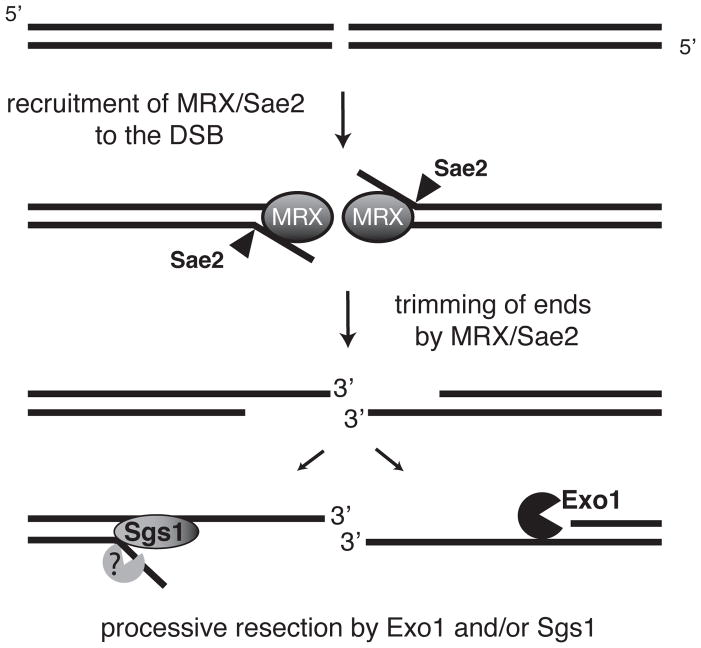Figure 5. Two-step mechanism for DSB resection.
After a DSB is formed and recognized by the MRX complex, Sae2, in collaboration with MRX, trims the ends to create a minimally resected intermediate that is ‘compatible’ for processive resection by the 5′-3′ exonucleolytic activity of Exo1 or Sgs1 helicase and a single-strand specific nuclease. Cells lacking both the nuclease and the helicase activity accumulate the intermediates from MRX/Sae2 cleavage. Because mre11 and sae2 mutants still show DSB processing, Exo1 and Sgs1 must be able to access unprocessed DNA ends, but with reduced efficiency.

